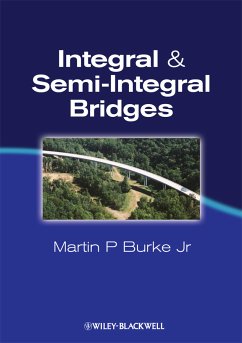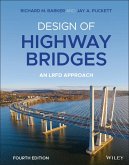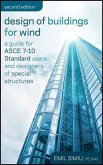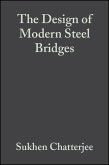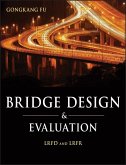Worldwide, integral type bridges are being used in greater numbers in lieu of jointed bridges because of their structural simplicity, first-cost economy, and outstanding durability. In the UK and the US states of Tennessee and Missouri, for example, the construction of most moderate length bridges is based on the integral bridge concept. The state of Washington uses semi-integral bridges almost exclusively, while, depending on subfoundation characteristics, the state of Ohio and others use a mix of these two bridge types. Integral and Semi-Integral Bridges has been written by a practicing bridge design engineer who has spent his entire career involved in the origination, evaluation and design of such bridges in the USA, where they have been in use since the late 1930's. This work shows how the analytical complexity due to the elimination of movable joints can be minimized to negligible levels so that most moderate length bridges can be easily and quickly modified or replaced with either integral or semi-integral bridges. Bridge design, construction, and maintenance engineers; bridge design administrators; graduate level engineering students and structural research professionals will all find this book exceptionally informative for a wide range of highway bridge applications.
Dieser Download kann aus rechtlichen Gründen nur mit Rechnungsadresse in A, B, BG, CY, CZ, D, DK, EW, E, FIN, F, GR, HR, H, IRL, I, LT, L, LR, M, NL, PL, P, R, S, SLO, SK ausgeliefert werden.

